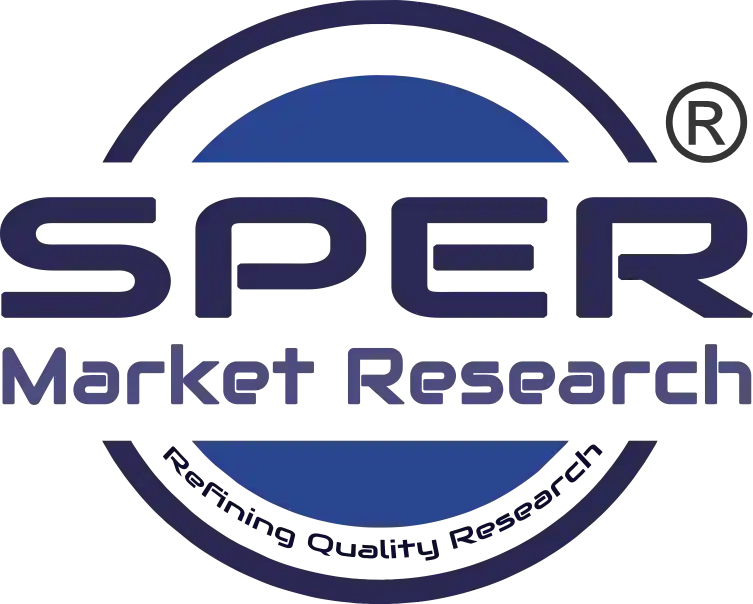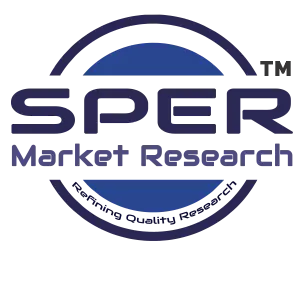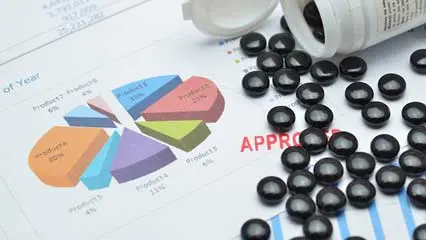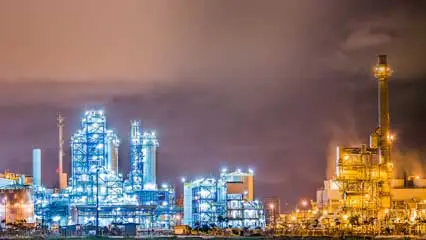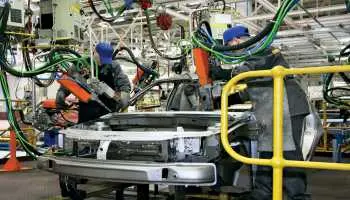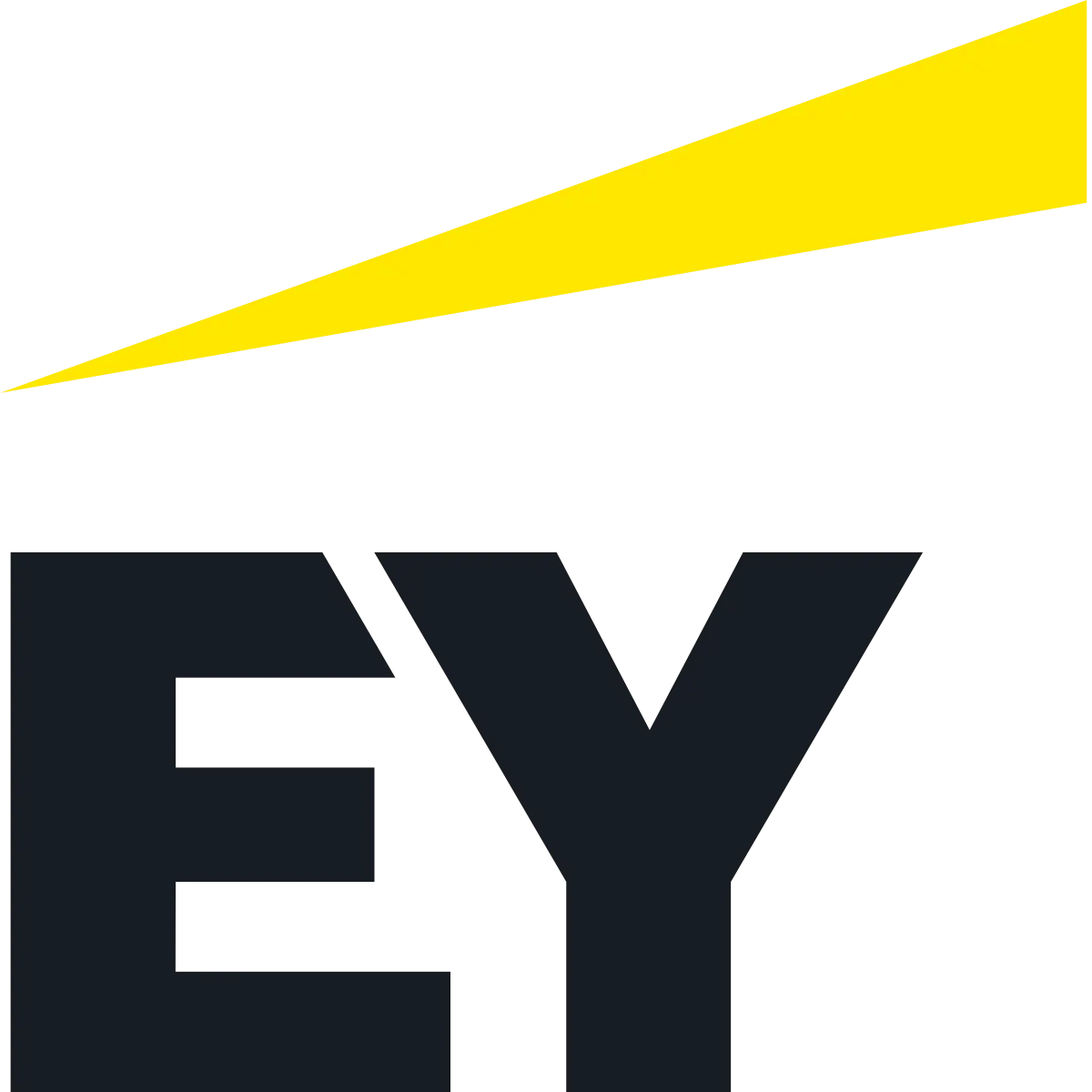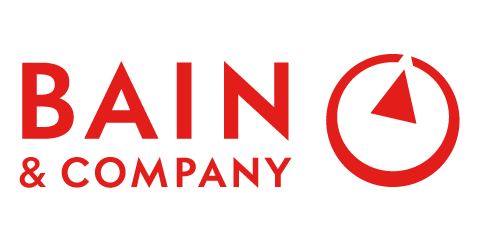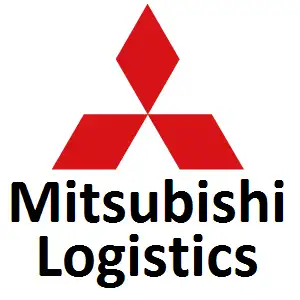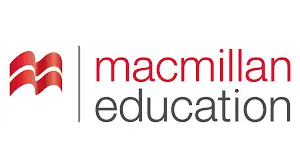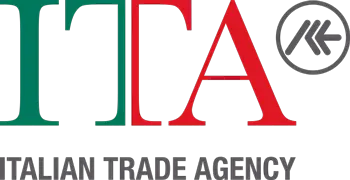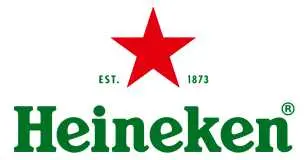
Automotive Fuel Cell Market Revenue, Demand, CAGR Status, Business Challenges and Future Competition Till 2034: SPER Market Research
Category :
Automotive & Transportation
Published:
Jun-2025
Jun-2025
Author:
SPER Analysis Team
SPER Analysis Team
Automotive Fuel Cell Market Revenue, Demand, CAGR Status, Business Challenges and Future Competition Till 2034: SPER Market Research
Global Automotive Fuel Cell Market is projected to be worth 16.2 billion by 2034 and is anticipated to surge at a CAGR of 14.86%.
Hydrogen and oxygen are used by fuel cells—electrochemical power generators—to create energy. Fuel cells in cars use hydrogen from tanks onboard to produce electricity, resulting in no gas emissions. An electrochemical device known as a fuel cell produces electricity by harnessing a chemical reaction between hydrogen and oxygen. It powers electric vehicles (EVs), including cars, trucks, and buses. Hydrogen is supplied to the anode of the fuel cell, while oxygen from the air enters the cathode. Clean, green transport solutions that are sustainable, along with significant investments from governments, the automobile industry, and the energy sector, further enhance the industry's prospects.
Drivers:
As governments across the globe introduce strict carbon emission regulations, the Automotive Fuel Cell Market Industry is experiencing a notable drive towards clean energy solutions. As an example, the European Union has pledged to reduce emissions by a minimum of 55% by 2030, in line with its Green Deal strategy that seeks to create a sustainable economy. This regulatory landscape is motivating automotive manufacturers such as Toyota and Hyundai to hasten the development of fuel cell vehicles, seen as a sustainable alternative to conventional combustion engines. The demand for hydrogen fuel cell vehicles is anticipated to rise sharply, significantly strengthening the Automotive Fuel Cell Market Industry.
Request For Free Sample Report @ https://www.sperresearch.com/report-store/automotive-fuel-cell-market?sample=1
Challenges:
The automotive fuel cell market continues to face several critical challenges that hinder its widespread adoption. Foremost among these is the high production cost of fuel cells, which makes them less economically viable compared to other technologies. Additionally, the limited availability of hydrogen refueling infrastructure poses a significant obstacle to mass deployment. Compounding this are persistent issues related to hydrogen storage and transportation, which complicate supply chain logistics. Additionally, the market acceptance of fuel cell technology is hindered by the fact that consumers are not yet fully aware of or knowledgeable about it, Finally, intense competition from other green technologies, particularly battery electric vehicles, further impacts overall market demand.
Market Trends:
Governments around the globe are launching initiatives to enhance hydrogen supply and address challenges like leakage and durability, among others. The growing hydrogen demand is prompting supply chain enhancements, which in turn bolsters the development of the automotive fuel cell market. Globally, the demand for a variety of vehicles, such as passenger cars, trucks, and buses, is increasing. The growing populations, urban development, increasing disposable incomes, and advancements in road infrastructure are expected to drive the market for automotive fuel cells due to the increased demand for cars.
Global Automotive Fuel Cell Market Key Players:
The leading companies are Acumentrics, Altergy, Ballard Power Systems, FuelCell Energy, Inc, Toshiba Energy Systems & Solutions Corporation, Plug Power Inc,
For More Information about this Report @ https://www.sperresearch.com/report-store/automotive-fuel-cell-market
Global Automotive Fuel Cell Market Segmentation:
By Type: Based on the Type, Global Automotive Fuel Cell Market is segmented as; PEMFC, PAFC & AFC
By Power output: Based on the Power Output, Global Automotive Fuel Cell Market is segmented as; < 100 kW, 100 – 200 kW, > 200 kW
By Application: Based on the application Global Automotive Fuel Cell Market is segmented as; Passenger Cars, Commercial Vehicles
By Region: This research also includes data for North America, Asia-Pacific, Latin America,
Middle East & Africa and Europe.
This study also encompasses various drivers and restraining factors of this market for the forecast period. Various growth opportunities are also discussed in the report.
Would you like to view the sample pages?
Get Sample PagesGet Your Report
Choose an option below to inquire or purchase the report.
Inquiry About Report Buy This ReportDomains Served
Our Global Clients
Our data-driven insights have influenced the strategy of 200+ reputed companies across the globe.
